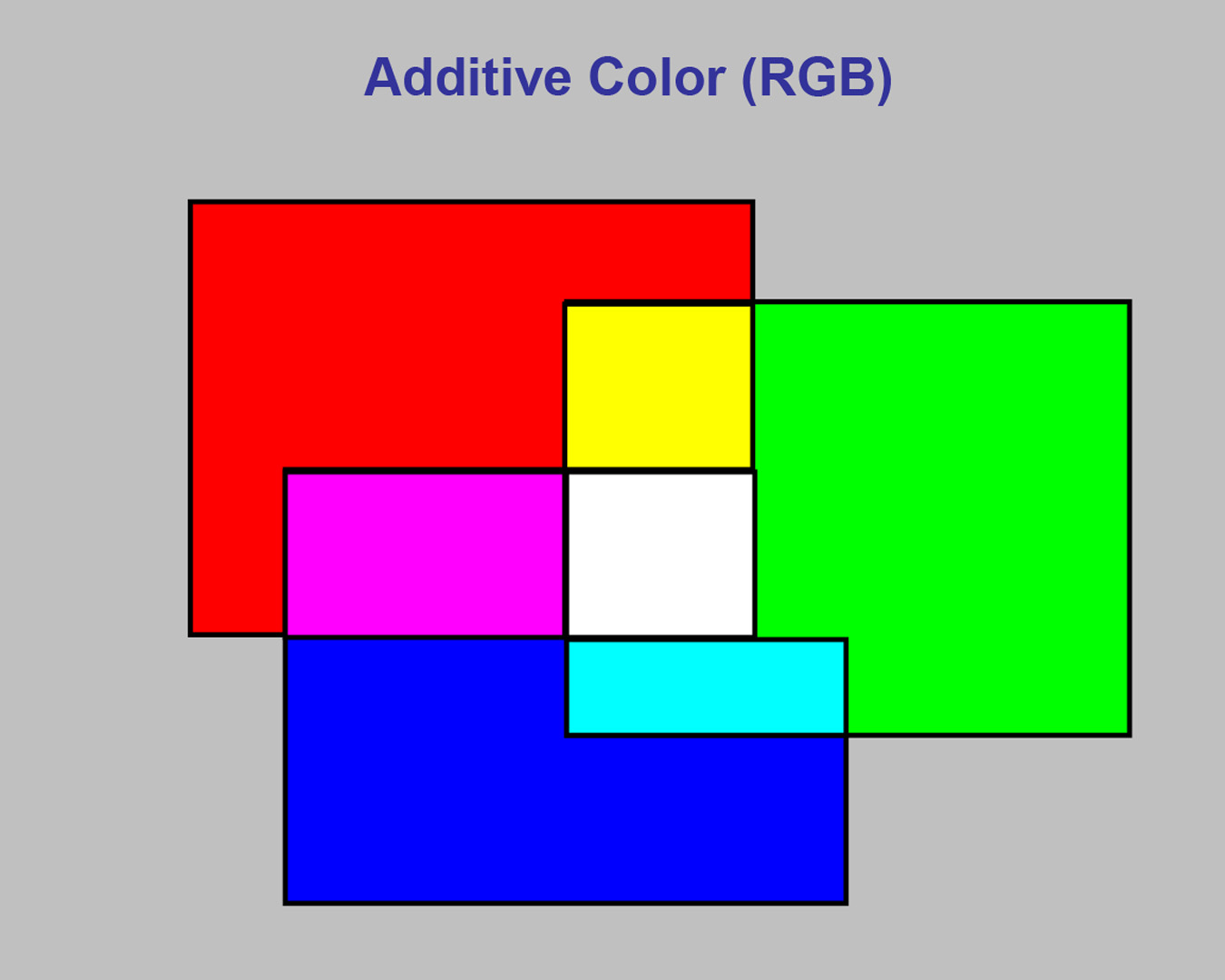“Introduction to Computer Graphics Shaders with glman” by Bailey and Cunningham
Conference:
Type(s):
Title:
- Introduction to Computer Graphics Shaders with glman
Presenter(s)/Author(s):
Abstract:
An introduction to the programmable shader capabilities of the latest generation of graphics cards. Attendees learn to write graphics programmes using vertex, fragment, and geometry shaders, and use the glman tool to develop the shaders independently from the applications that will use them.
The course covers basic shader concepts, showing how shaders fit into the traditional graphics pipeline and how they communicate with each other and with an application. The GLSL language is introduced, along with the special types and built-in variable names it uses, and how the GLSL API is used to add shaders to an OpenGL application. Examples illustrate how shaders can be used to implement advanced modeling and shading features, and the use of noise, image manipulation techniques, and LOD operations. Specific applications of shaders in scientific visualisation are also presented. A CD containing the glman tool and code for all the examples used in the course will be distributed, and attendees will be able to install glman on their laptops and work with the examples as the course progresses.
After this course, an experienced OpenGL programmer will be able to write shader programmes and integrate them into graphics applications.
Additional Information:
Prerequisites
A solid knowledge of fixed-function OpenGL programming and a basic understanding of higher-level computer graphics concepts.
Intended Audience
Anyone who wants to understand and use the vertex, fragment, and geometry shaders that are available with the GLSL shading language in the latest versions of OpenGL.





